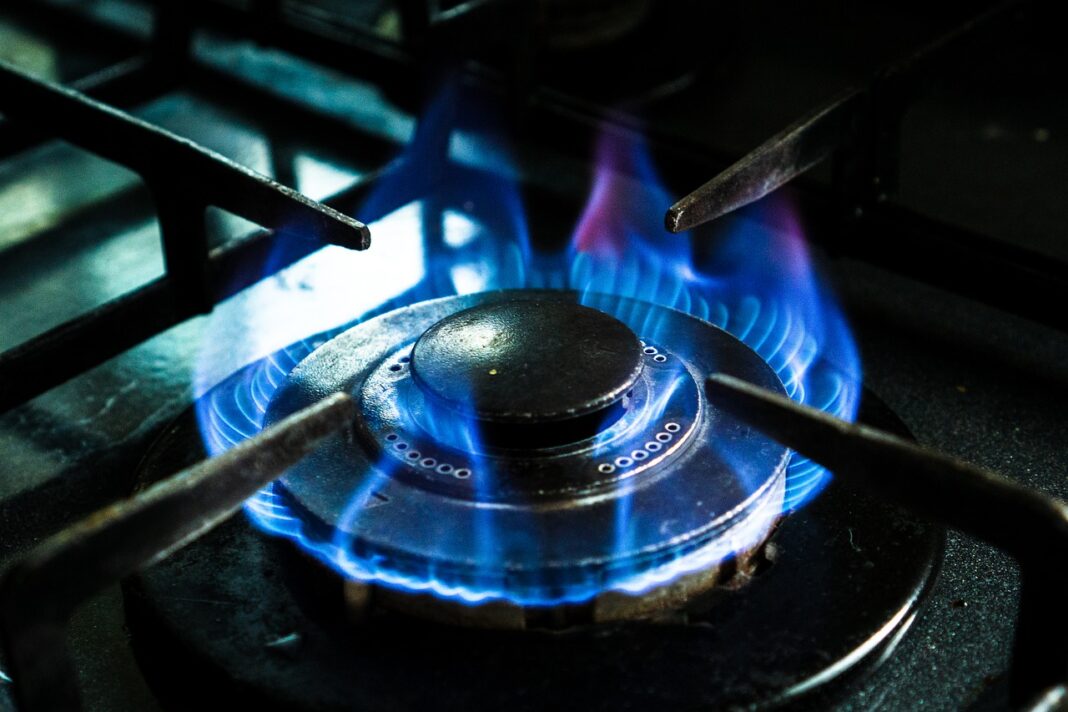Do you use a gas stove? A new study has shown that gas stoves make a significant contribution to global warming. What is the reason? It constantly releases methane, even when not in use. These are small leaks, but due to the large number of stoves, this is a big problem worldwide. The research was recently published in Environmental Science & Technology. The study examined methane emissions from gas stoves in the United States. Overall, these are large gas leaks, which are equivalent to carbon dioxide leaks from half a million cars.
What did the study find?
U.S. gas stoves are putting 2.6 million tons (2.4 million metric tons) of methane – in carbon dioxide equivalent units – into the air each year. A team of California researchers measured leakage on stoves in a number of households. A total of 53 home kitchens were surveyed.
“They’re constantly bleeding a little bit of methane into the atmosphere all the time,” said the study’s co-author Rob Jackson, a Stanford University climate scientist.

That methane is on top of the 6.8 million tons (6.2 million metric tons) of carbon dioxide that gas stoves emit into the air when they are in use and the gas is burned, the study said.
Is natural gas really a greener choice?
The tested room was sealed and subsequently the emissions of both the on and off stoves were measured. Interestingly, three-quarters of the methane escaped when the stove was turned off. Until now, natural gas has been assumed to be an environmentally friendly option that is better for the environment than using coal. When methane leaks are taken into account, everything can be different.
“People can already choose electric appliances if they want,” said Frank Maisano, a Washington policy and public relations expert who represents gas and appliance interests. “People just like gas appliances because they perform better, especially in colder climates.”
“Natural gas appliances are generally more energy- and cost-effective than their electric counterparts,” Maisano said.

Jackson estimated that when all natural gas use and extraction is taken into account, about 100 million tons (91 million metric tons) of gas leaks into the atmosphere.
Interesting opinion on this study was provided by Zachary Merrin, a research engineer with the Illinois Applied Research Institute’s Indoor Climate Research & Training group. “From an emissions standpoint, cooking directly with gas is better than using a fossil fuel powered electric stove but worse than using a solar powered electric stove.”
Small methane leaks from the stove do not endanger human health and do not pose a risk of explosion.
High levels of nitrogen oxides have been reported
The presence of nitrogen oxides was also noted during the measurement. Nitrogen oxides are a by-product of natural gas combustion. The level of nitrogen oxides was not small, it was a level of greater than 100 parts per billion. When cooking, it is advisable to have the hood switched on or the window open so that these gases can escape.
Source:
https://apnews.com/article/climate-science-california-united-states-environment-5750b9cec67fb0ae3075d654eddad2f6
https://pubs.acs.org/doi/10.1021/acs.est.1c04707
















